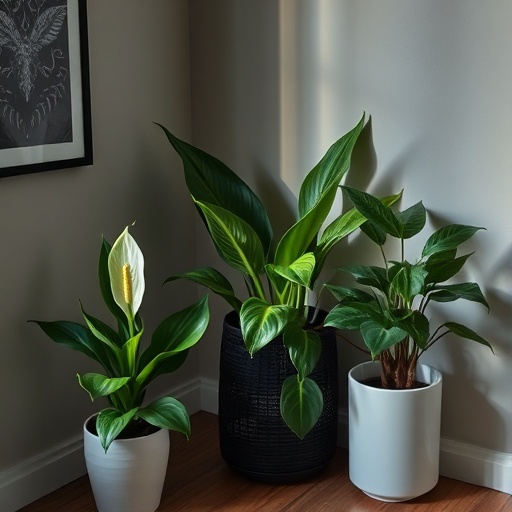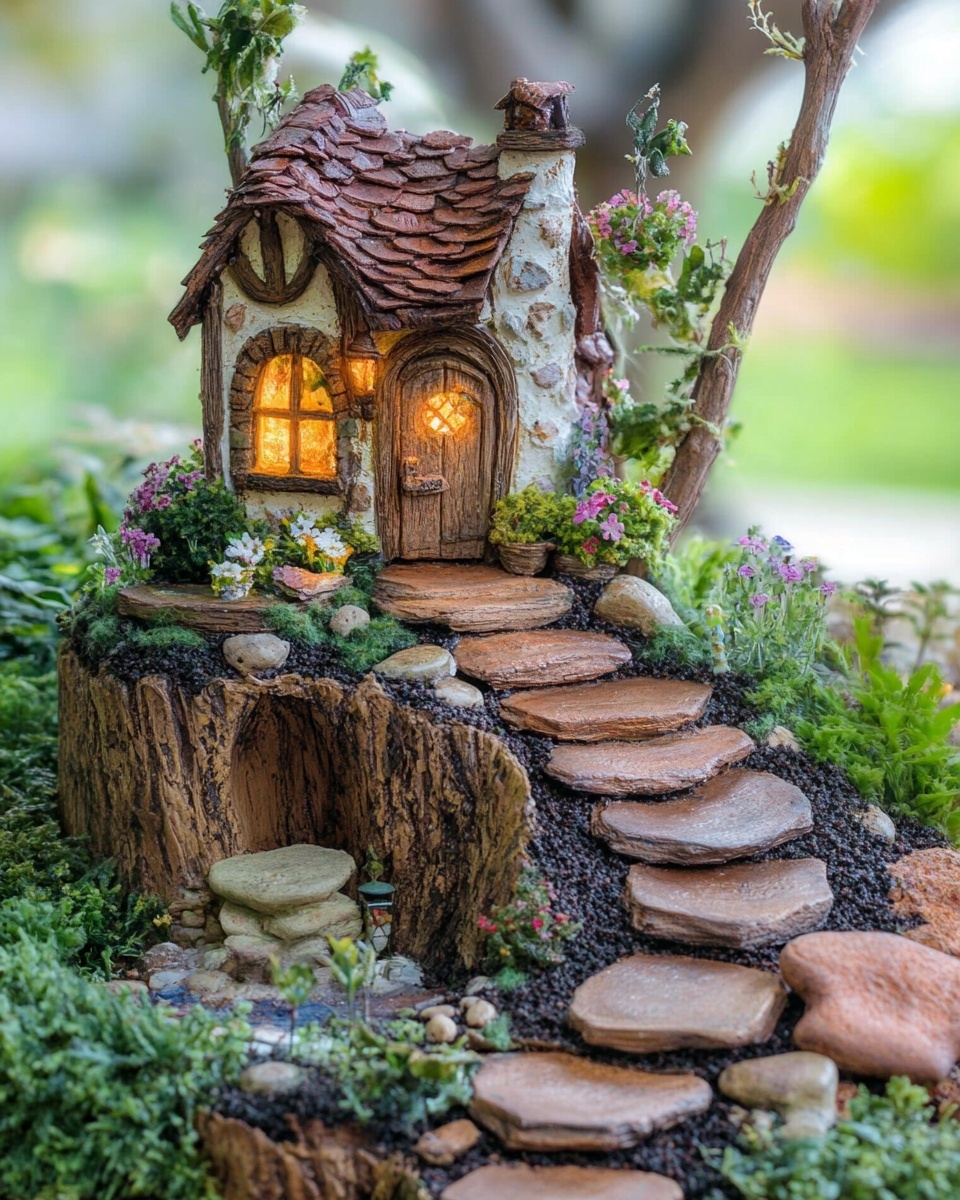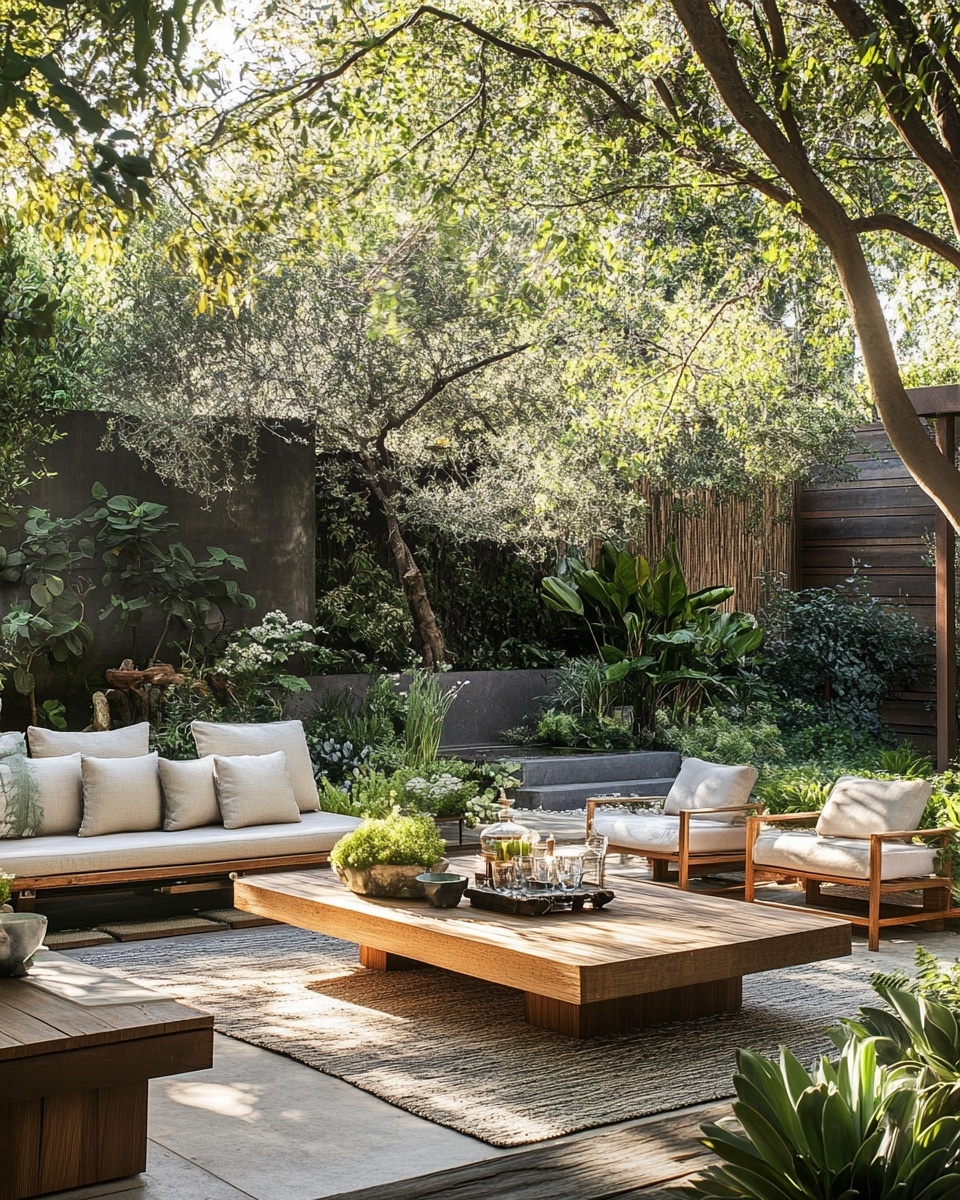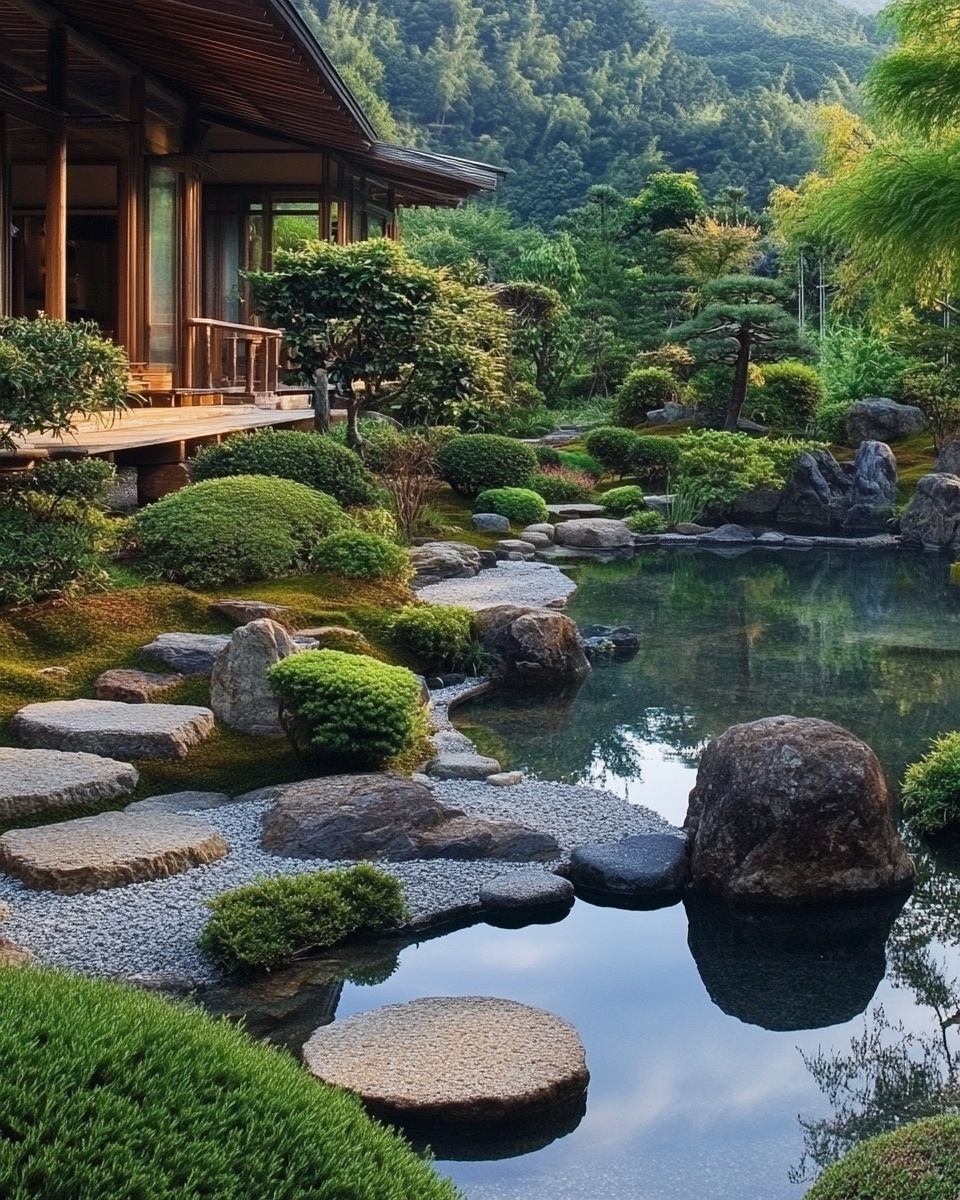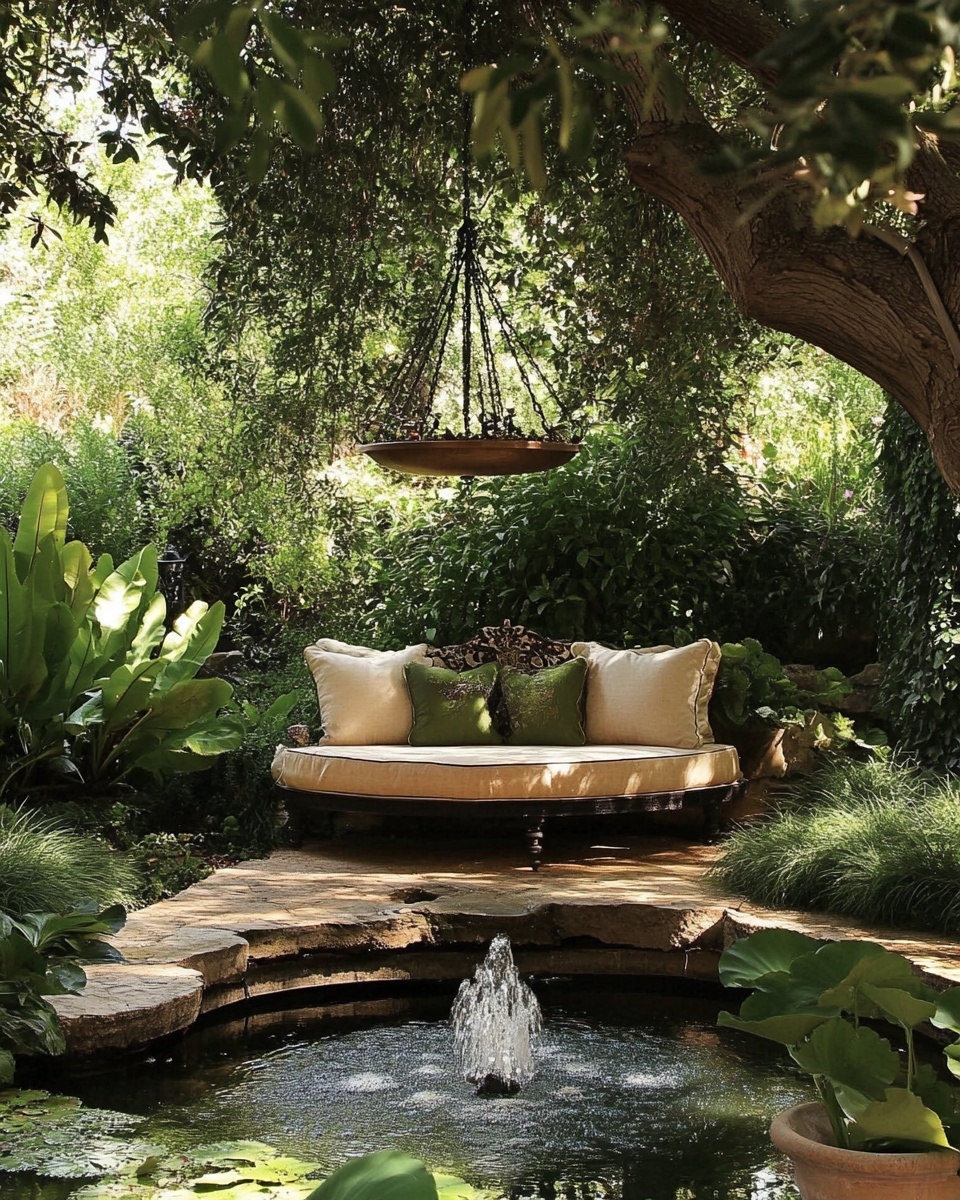Introduction
Can a thriving indoor garden truly exist without abundant sunlight, or is the notion of flourishing greenery in dim corners just a gardener's pipe dream? Many believe that a lack of natural light spells doom for houseplants, yet a surprising array of indoor plants with low light needs can transform even the gloomiest of spaces into vibrant oases. In fact, research indicates that over 40% of urban dwellers struggle with inadequate natural light in their homes, making the quest for resilient, shade-loving plants more relevant than ever. This guide will illuminate the best choices, care strategies, and creative ideas for cultivating stunning greenery, even if your home feels more like a cozy cave than a sun-drenched conservatory.
Tools & Materials Needed
Cultivating beautiful indoor plants with low light requirements doesn’t demand an arsenal of expensive equipment. Simplicity and thoughtfulness are key. Here's what you’ll need:
- Pots with Drainage Holes: Essential for preventing root rot, which accounts for 60% of houseplant deaths. Terracotta or ceramic pots are excellent choices, but plastic works well too.
- Quality Potting Mix: A well-draining, peat-free indoor potting mix is crucial. Look for mixes enriched with perlite or vermiculite to improve aeration and drainage.
- Watering Can with a Fine Spout: Allows for precise watering, preventing soil displacement and overwatering.
- Pruning Shears/Scissors: Small, sharp shears are perfect for snipping off yellowing leaves or reshaping your plants.
- Moisture Meter (Optional but Recommended): Takes the guesswork out of watering, especially for beginners.
- Humidifier or Pebble Tray (Optional): Many low-light plants, like ferns and calatheas, thrive in higher humidity.
- Eco-friendly Alternative: Instead of buying new plastic pots, repurpose old food containers (yogurt tubs, milk jugs) by cleaning them thoroughly and drilling drainage holes. For a budget-friendly potting mix, you can amend garden soil with compost and perlite, although commercial indoor mixes are generally safer to avoid outdoor pests and diseases.
Time & Effort Overview
Caring for indoor plants with low light is remarkably low-maintenance, making them ideal for busy individuals or first-time plant parents.
- Initial Setup/Planting: 15-30 minutes per plant. This includes choosing the right pot, adding soil, and carefully placing your plant.
- Weekly Maintenance: 5-10 minutes per plant. This usually involves checking soil moisture, rotating the plant, and misting leaves if needed.
- Monthly Maintenance: 15-30 minutes for inspection for pests, dusting leaves, and applying fertilizer during growing seasons.
- Difficulty Level: Generally Beginner to Intermediate. Most low-light plants are quite forgiving, absorbing environmental fluctuations better than their sun-loving counterparts. While setting up might take a bit of effort, the routine care is minimal compared to high-light flowering plants, which often require daily attention and specific light schedules. These plants can thrive with 25% less active care than typical herbs like basil.
Step-by-Step Gardening Process
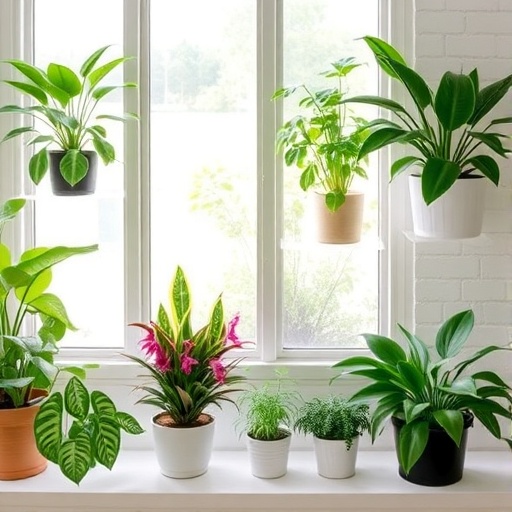
Here’s how to set up your indoor haven with hardy indoor plants with low light needs:
1. Choosing Your Plant and Pot
Select a plant suited for low light, such as a Snake Plant, ZZ Plant, Pothos, or Peace Lily. These are resilient and forgiving. Choose a pot that is only slightly larger than the plant's root ball, ensuring proper drainage. Don't worry if you’re unsure which plant to pick; all the mentioned varieties are excellent starting points.
2. Preparing the Potting Mix
Fill the bottom of your chosen pot with a layer of fresh, well-draining potting mix. Avoid garden soil, which can be too dense and introduce pests indoors. A good potting mix provides the optimal aeration and nutrient balance for indoor container growing.
3. Transplanting Your Plant
Gently remove the plant from its nursery container. Loosen any coiled roots slightly at the bottom. Place the plant in the new pot, ensuring the top of the root ball is about an inch below the rim of the pot. Fill the remaining space with potting mix, gently patting it down around the base of the plant.
4. Initial Watering
After transplanting, water thoroughly until you see water drain from the bottom of the pot. This helps settle the soil and provides initial hydration. Discard any excess water from the saucer. Overwatering in the first few days can stress a newly repotted plant, so ensure proper drainage.
5. Positioning Your Plant
Place your new plant in its designated low-light spot. This typically means an area away from direct windows, in a north-facing room, or in a room with indirect artificial light. Observe how the plant responds over the next few weeks; slight adjustments may be needed to find its "sweet spot." Here’s how to fix stretched or leggy growth: if you notice stems reaching excessively towards a window, it indicates it needs a bit more ambient light.
Growth & Care Tips
Ensuring your indoor plants with low light thrive requires consistent, yet simple, care.
- Watering Frequency: This is often the trickiest part. Most low-light plants prefer to dry out between waterings. Use a moisture meter or stick your finger an inch or two into the soil; if it feels dry, it's time to water. Overwatering is the biggest killer of indoor plants. For instance, Snake Plants can go weeks without water, while a Peace Lily might need watering when its leaves start to droop slightly.
- Sunlight Exposure: Low light doesn't mean no light. These plants still need some indirect ambient light. Avoid direct, harsh sun, which can scorch their leaves. A spot several feet from a north-facing window or in a room with only artificial light is often perfect.
- Pruning: Periodically snip off any yellow, brown, or dead leaves. This encourages new growth and keeps your plant looking tidy and healthy. For trailing plants like Pothos, pruning can encourage a fuller, bushier appearance.
- Fertilization: Fertilize sparingly. Indoor plants with low light often grow slower and require less nutrient input. A balanced liquid houseplant fertilizer diluted to half strength, applied once every 2-4 months during the growing season (spring and summer), is usually sufficient. Avoid fertilizing in winter.
- Pest Prevention: Regularly inspect your plants for signs of pests like spider mites or mealybugs. Keep the leaves clean by gently wiping them with a damp cloth; dusty leaves impede photosynthesis. If pests appear, treat with neem oil or insecticidal soap. A weekly check can prevent infestations from becoming major problems.
Eco-Friendly & Sustainable Alternatives
Embracing sustainability in your indoor garden is simpler than you think.
- Composting: Start a small indoor compost bin for kitchen scraps. The compost tea can be a natural, nutrient-rich fertilizer for your plants.
- Natural Fertilizers: Beyond compost, consider using diluted fish emulsion or seaweed extract as organic fertilizers. These provide essential nutrients without harsh chemicals.
- Water Conservation: Collect rainwater or reuse water from cooking vegetables (once cooled) for your plants. This conserves tap water and provides beneficial nutrients.
- Small Spaces Solutions: For limited footprints, consider vertical planters or wall-mounted shelves for your indoor plants with low light. This maximizes your green space without sacrificing floor area. Balcony gardens are another excellent way, and you can find many ideas for herbs that grow well in shade or partial sun.
Creative Ideas & Uses
Indoor plants with low light are not just survivors; they are design elements that can elevate any room.
- Decorating with Plants: Group plants of varying heights and textures for visual interest. A tall Snake Plant can act as a floor accent, while a trailing Pothos can elegantly spill from a bookshelf. Use attractive ceramic or woven planters that complement your interior decor.
- Repurposing Materials: Look for unique containers beyond traditional pots. Old teacups, vintage tins, or glass jars can make charming homes for smaller plants, adding a personal touch.
- Combining Aesthetically:
- Monochromatic Green: Use different shades and leaf shapes of green plants for a calming, cohesive look. Think of a ZZ Plant paired with a dark green Aglaonema.
- Contrasting Textures: Combine smooth, glossy leaves (like a Peace Lily) with more textured, variegated foliage (like a Maranta).
- Bathroom Oasis: The naturally higher humidity of a bathroom makes it perfect for species like ferns or prayer plants, creating a spa-like atmosphere.
- Bedroom Retreat: Placing a Snake Plant or ZZ Plant in the bedroom can contribute to better air quality and a serene environment, thanks to their efficient photosynthetic processes and general low-maintenance presence.
Common Mistakes to Avoid
Even though they're resilient, knowing what not to do is crucial for indoor plants with low light.
- Overwatering: This is by far the most common mistake. Overwatering causes root rot in 60% of houseplants. Always check soil moisture before watering. When in doubt, wait another day.
- Insufficient Drainage: Pots without drainage holes are a recipe for disaster. Standing water at the bottom of the pot suffocates roots. Always ensure your pots have holes, or use a plastic nursery pot inside a decorative cachepot.
- Ignoring Pest Checks: Pests spread quickly. Neglecting weekly checks allows infestations to take hold, causing significant plant damage.
- Too Much Fertilizer: Remember, low-light plants grow slower. Excessive fertilizer can burn their roots. Stick to diluted solutions and only during active growth. Too much nitrogen, for example, can force leafy growth at the expense of root development.
- Moving Directly to High Light: After thriving in low light, sudden exposure to direct, bright sunlight can shock and burn the leaves of your sensitive plants. If you need to move them to a brighter spot, do so gradually over several days.
Maintenance & Storage Tips
Long-term success with your indoor plants with low light comes down to consistent, mindful maintenance.
- Dusting Leaves: Dust on leaves blocks light absorption and can hinder photosynthesis. Gently wipe leaves with a damp cloth once a month to keep them clean and efficient.
- Rotating Plants: Rotate your plants every few weeks to ensure all sides receive even light exposure. This prevents your plants from growing lopsided as they stretch towards the nearest light source.
- Addressing Yellow Leaves: Yellowing leaves often signal overwatering, underwatering, or nutrient deficiency. Assess your watering schedule first, then consider a gentle dose of fertilizer. Poor soil drainage can also contribute; if the pot feels heavy and wet for too long, investigate the drainage.
- Seasonal Care: In winter, most plants enter a dormant phase. Reduce watering and cease fertilization. In brighter spring and summer months, you might increase watering frequency and resume feeding.
- Repotting: Most low-light plants don't mind being a bit root-bound. Repot only when roots are visibly circling the pot's bottom or growing out of drainage holes, typically every 1-2 years. Choose a pot only one size larger than the current one to avoid overwatering issues.
Conclusion
Embracing indoor plants with low light opens up a world of possibilities for bringing nature's tranquility into every corner of your home, regardless of natural light availability. From the sculptural elegance of a Snake Plant to the lush cascades of a Pothos, these resilient green companions prove that you don't need a sunny window to cultivate a thriving indoor garden. By following these data-driven tips on plant selection, proper care, and sustainable practices, you can create a personalized, vibrant living space. So, what are you waiting for? Pick a plant that speaks to you, find it a cozy low-light nook, and watch your indoor oasis come to life! Share your initial plant choices and setup photos on social media; we'd love to see them!
FAQ
Q1: What are the best indoor plants with low light for beginners?
A: For beginners seeking indoor plants with low light, the Snake Plant (Sansevieria), ZZ Plant (Zamioculcas zamiifolia), Pothos (Epipremnum aureum), and Peace Lily (Spathiphyllum) are excellent choices. They are incredibly forgiving and can tolerate neglect.
Q2: How often should I water my indoor plants with low light?
A: The key to watering indoor plants with low light is to check the soil moisture. Water only when the top 1-2 inches of soil feel dry to the touch. This could be anywhere from once a week to once every few weeks, depending on the plant, pot size, and environmental humidity. Overwatering is more common and detrimental than underwatering.
Q3: Can these low-light plants survive without any natural light?
A: While they tolerate low light, no plant can survive in absolute darkness. They still require some ambient light, even if it's indirect or from artificial sources. A room with a window, even far from it, or an overhead light for several hours a day, is usually sufficient. For truly dark spaces, consider adding a small grow light.
Q4: My low-light plant's leaves are turning yellow. What's wrong?
A: Yellowing leaves on indoor plants with low light most commonly indicate overwatering or poor drainage, leading to root rot. It can also be a sign of underwatering or a nutrient deficiency. First, assess your watering schedule and ensure your pot has proper drainage. If the issue persists, consider a very diluted feed during the growing season.
Q5: What kind of soil is best for low-light indoor plants?
A: A high-quality, well-draining indoor potting mix is ideal for indoor plants with low light. Look for mixes that contain perlite or vermiculite to enhance aeration and prevent compaction. Avoid heavy garden soil, which can retain too much moisture and harbor pests.
Q6: Do low-light plants help purify the air?
A: Yes, many indoor plants with low light are known for their air-purifying qualities. Plants like the Snake Plant, Pothos, and Peace Lily are excellent at filtering common indoor toxins like formaldehyde, benzene, and carbon monoxide, contributing to a healthier home environment. You can explore more about air-purifying options in our guide to best indoor plants that purify air naturally.
Q7: How can I create higher humidity for my plants in a low-light environment?
A: To increase humidity for your indoor plants with low light, especially those from tropical regions, you can mist their leaves regularly, place them on a pebble tray filled with water (making sure the pot isn't sitting directly in the water), or group plants together. A small humidifier in the room can also be beneficial, particularly in dry climates or during winter.
For more gardening inspiration and practical tips, explore these guides:
- Looking to expand your indoor greenery? Discover our best houseplants for beginners for even more easy-care options.
- If you're short on space, check out our easy indoor gardening setup for beginners to get creative with your compact areas.
- For those with a penchant for culinary herbs, learn about 10 easy herbs to grow indoors to add fresh flavors to your kitchen.
- Consider exploring more creative ways to display your plants by checking out inspiring ideas on Pinterest, such as those found at https://www.pinterest.com/janatjanay47/.
- Don't forget to incorporate attractive decorations with our creative indoor plant decor ideas to truly personalize your space.
